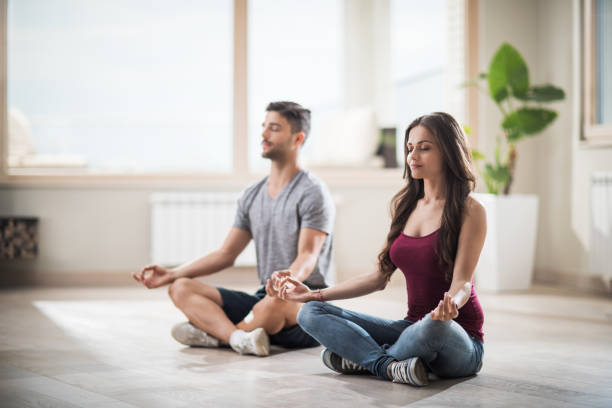Unlike workouts such as CrossFit or combative sports like kickboxing, yoga is an ancient practice that dates back to 5,000 years ago in northern India. It was already ancient even at the start of the rise of Greek civilization in 1,500 BC.
The fact that it’s still popular today, all over the world, attests to its effectiveness in promoting both physical and mental wellbeing. Plenty of gyms offer yoga classes. Some of these gyms, such as CorePower Yoga, even focus on yoga for the most part.
It’s not surprising if you’re intrigued enough to at least try yoga out. And as a newbie to yoga, here are some tips that should definitely help you out:
Go with a Good Instructor
It’s not a coincidence that a yoga-centric gym like CorePower Yoga has at least 3,000 instructors guiding their members. You need someone with the knowledge and experience to provide guidance and insight. The teacher should be certified, so they can answer your questions, teach you the proper poses, and make hands-on adjustments to your posture. It also helps a lot if your yoga teacher is friendly, kind, and compassionate.
Learn Some of the Poses in Advance
Do some basic Googling, and learn about the basic poses. And before you get to a class, show some initiative and learn some of these simple poses ahead of time. You don’t really need an experienced instructor for the beginner poses, especially if you check out some of the YouTube videos that demonstrate the poses.
By learning these poses, you can use your time more wisely by getting to the more complicated poses while you have an instructor guiding you.
Wear Comfy Clothes
The wrong clothes can make yoga even more challenging. The best clothes for yoga include a supportive top along with some yoga pants. You want them made with breathable materials, and it’s great if they have moisture-wicking features. Fortunately, lots of modern sportswear have these features.
Of course, for colder seasons you may want to go with some thermal sportswear. You can go with several layers, which you can take on or off depending on the temperature.
Go with the Right Yoga Mat
The yoga mat lets you work on your poses on just about any type of floor. You can go with your poses and routines without having to worry about slipping or scratching yourself on the floor surface. And the mat also provides some padding for your joints, especially for your knees and your wrists.
A clean, non-slip mat is usually best. You want a mat with enough grip (stickiness) on the bottom so it won’t easily slide up across the floor. At the same time, the surface of the mat should also hold your hands and feet securely in place.
Don’t forget to keep your yoga mat clean. That should maintain the mat traction, and also keep it from smelling funky.
Go Slow
Do not rush through the poses. Yoga is a mindful exercise that emphasizes fluidity. You need to slow down and be mindful with each pose, as you will still progress. And going slow also reduces the risk of injury.
Make Adjustments
It’s especially true that when you’re just starting out with yoga, it’s almost impossible to accomplish all the poses covered in each class. The good news is that your teacher can help you discover ways to make it easier for you. Don’t be embarrassed to use stuff like blankets, straps, and blocks to help things go easier.
It’s Not a Competition
Plenty of people, even the ones who aren’t athletic, are competitive. Sometimes we can’t help but check out how other people are doing, just so we know if we are doing well or not.
But that’s not really productive for yoga. While you can motivate yourself with how other people are doing (if they can do it, so can you), it’s not really a problem if you can’t match how others are doing. You have to proceed at your own pace.
